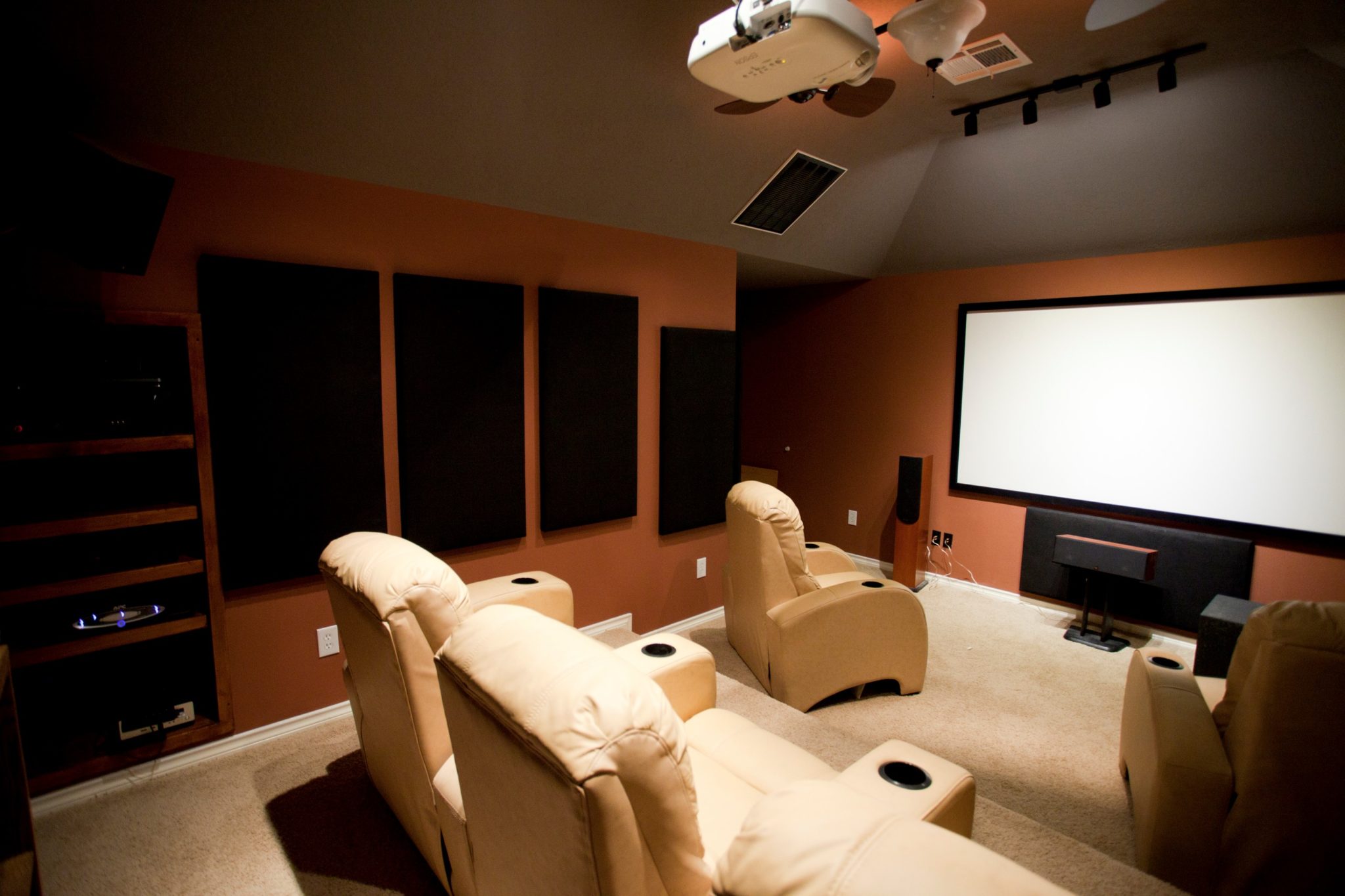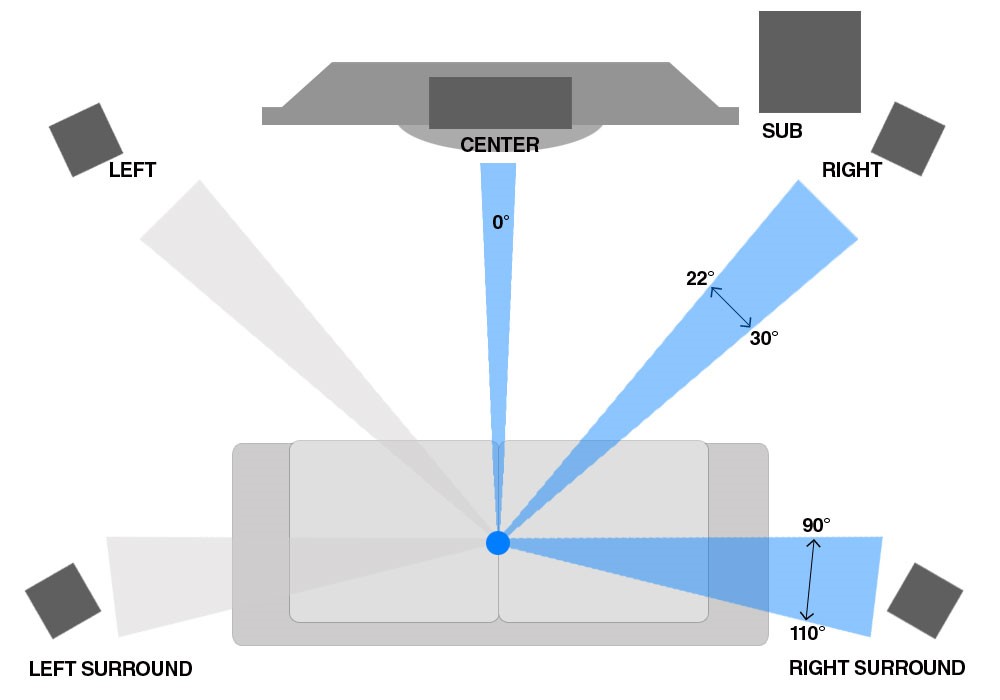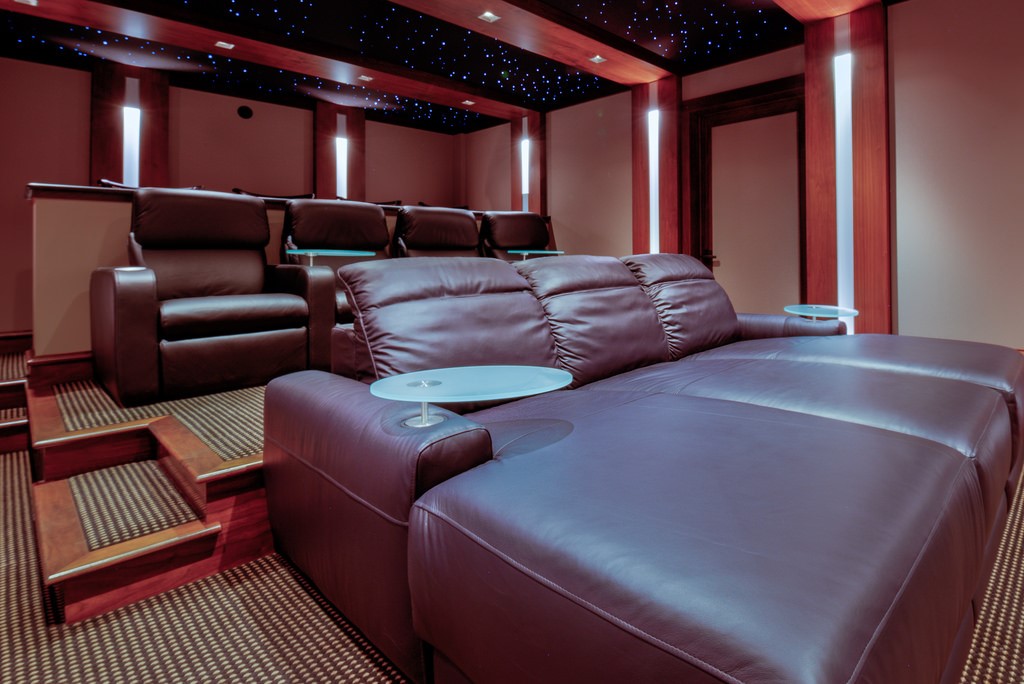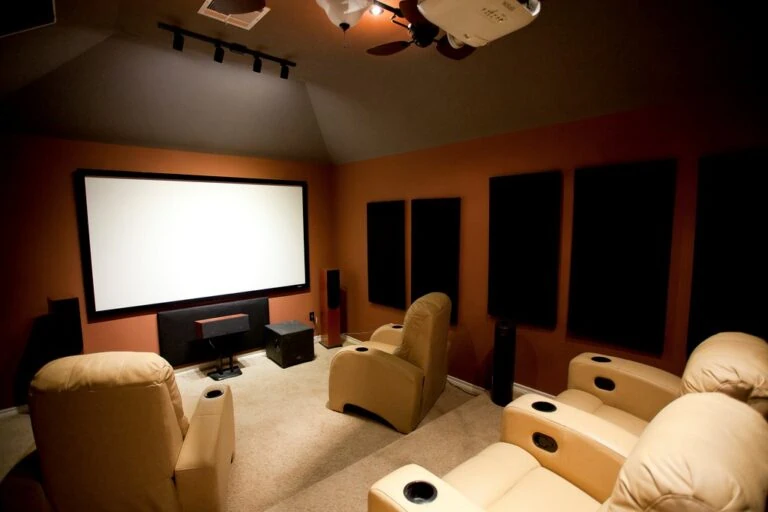Nothing can boost your in-home entertainment experience like a fully-equipped home theater. Although setting up a media room at home is an exciting project, it involves a lot of meticulous planning and work. You need to pay attention to important aspects like the most suitable audiovisual devices, the lighting, the viewing angles, the speaker location, and the type of furniture to be included.
Fancy owning your own custom-built home theater? Read on for valuable information on how you can set up your own home theater to relax and spend fun moments with your family and friends.
- Know the Elements of a Home Theater System
In order to reap the benefits of your home theater and improve the entertainment value of your home, it is critical to be aware of its components.

When planning to build a home theatre, make sure you bring together the following elements:
- The display device can be a high-definition television or a video projector and screen.
- The sound system consists of the home theater receiver and the speakers.
- You will also need other equipment, such as DVD players, game consoles, satellite box, HDMI cables, and electrical surge protectors.
Other elements that complete a home theater are ambient lighting and comfortable seating arrangement.
- Dedicate a Suitable Room for Your Home Theater
When building a home theater, one of the toughest decisions you will have to make is selecting a suitable location.
The room you choose should be large enough to accommodate the comfortable recliners and the audiovisual equipment. Furthermore, it should offer an appropriate viewing distance and have a high ceiling for mounting the projector.

Finding a dedicated space for your home theater means ensuring that this space is not used for or disturbed by other activities in the house. For instance, if your home theatre room is near the kitchen or dining room, the cooking sounds and smell can hamper the viewer’s entertainment experience.
Find a spare room and use the common soundproofing methods to insulate its walls and ceilings with materials like acoustic foam and fabric or mass loaded vinyl (MLV). These materials act as a sound barrier, thereby blocking unwanted sound and enhancing the cinematic experience.
- Tame Your Room’s Sound Reflections
The best of microphones, sub-woofers, preamps, and fancy monitors will fail to deliver the desired home-theater experience if you overlook the room acoustics. You may not realize but your room can largely impact the sound frequencies. The sound you hear is a mix of direct (straight from speakers) and indirect sound (reflected from the walls, ceilings, and furniture).

Reflected sound can either make the movie dialogues and the music fuller or distort the sound waves, making them sound echoey and harsh. Therefore, it is important to consider your room’s acoustic properties, thereby improving the theatre’s sound delivery.
Good and bad sound reflections can be tamed by absorbing the waves or scattering them. For instance, if your room has plastered walls and ceilings and tiled floors, these surfaces will reflect and propagate sound to people seated behind. In such cases, the easiest way to improve sound quality is to move the seating arrangement farther from the speakers and screen, to the middle of the room.
Similarly, a large expanse of glass windows can distort the sound. Installing heavy drapes can help absorb the unwanted sound reflections, thereby enhancing your home-theater experience. Further, consider replacing the standard hollow-core doors with solid wooden ones to reduce the sound transmission.
- Position the Speakers Properly

The image above will help you understand the ideal positioning the speakers in the home theater. The center channel is responsible for speech clarity, enabling the viewers to understand what the actors in a movie are saying. Thus, you should place it above the center of the screen.
Left and right speakers are responsible for producing the on-screen sound effects. These should be placed at an angle of 30 degrees on either side of the center channel.
The rear speakers (left and right surround) emit ambient background sound. Position them behind and at 110 degrees on either side with respect to the listening position.
Besides the above-mentioned speakers, sub-woofers help amplify the bass energy. Audiophiles suggest placing the sub-woofer in the front of the room for accurate sounding bass.
The rule of thumb to achieve a good mid-range and mid-bass response is to place speakers at least 60 centimeters away from walls, bookshelves, or couches.
Lastly, if you have a small room, use a sleek soundbar that packs the sound effects of multiple speakers into one device.
- Pay Attention to the Lighting
The main purpose of lighting in a home theatre is to create a dedicated entertainment experience. Therefore, it is wise to stay away from distracting lighting and invest in subtle ambient lights that are dimmable and can be controlled using smart devices.

Recessed lights, wall sconces, and LED light strips are perfect for home theaters as they are capable of illuminating the room without causing reflections on the screen or distracting the viewers and create the perfect theater ambiance.
- Think about Aesthetics and Comfort
Convert your home theatre into a cinema hall by incorporating aesthetic elements, such as red velvet walls, tiered seating, and carpeted flooring. Invest in comfortable recliners and couches made using different types of woods for furniture and equipped with a wireless touch-screen monitor, thereby creating the ultimate home-theatre experience.
If budget permits, go a step ahead and create a bar area or add a popcorn maker in a corner to make the area welcoming for your visitors.

Lastly, don’t miss on checking the viewing angle. Most high-definition televisions can be viewed at extreme angles, yet others may require the viewers to be seated in the center. Consider these factors when planning your room’s seating arrangement, enabling the viewers to enjoy the home theater without straining their eyes.
Your home theater is the perfect place in your house to unwind, entertain your visitors, or enjoy a movie night with your loved ones. However, it can be tricky to put together all the home-theater components to offer the best entertainment experience possible. The information shared in this post will help you build an amazing home theater as you take up this exciting home project.



